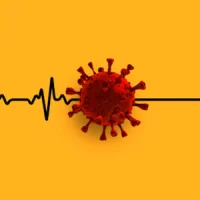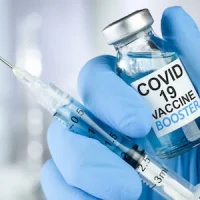The XBB.1.5 variant is a new sub-variant of Omicron. It has been identified by the World Health Organization (WHO) as one of the most transmissible variants of the SARS-CoV-2 virus. This is because it contains specific mutations which allow it to bind better to human cells and replicate more efficiently. This increases the likelihood of transmission.
XBB.1.5 is an offshoot of XBB, which was first detected in October 2021. XBB is itself a recombinant of two other Omicron sub-variants. Symptoms of this variant are similar to previous strains of Omicron, and most people infected with the virus are likely to experience cold-like symptoms.
The XBB and XBB.1.5 variants have spread rapidly in many parts of the world. According to data from the U.S. Centers for Disease Control and Prevention (CDC), XBB.1.5 accounts for nearly 28% of COVID-19 cases in the U.S. in the first week of January. XBB and XBB.1.5 variants have also been detected in 28 other countries worldwide.
So far, the WHO does not have any data on the severity of the XBB.1.5 variant and as such, there is no specific clinical picture of its impact. However, the increased transmissibility of the variant is cause for concern.
Maria Van Kerkhove, WHO's senior epidemiologist, has stated that while there may be more waves of infection around the world, these may not necessarily lead to further waves of death. This is because the countermeasures that are currently available, such as vaccines and treatments, continue to be effective in controlling the virus.
Virologists also agree that the emergence of new subvariants does not necessarily mean a new crisis. New variants are expected as the virus continues to spread. Experts say that the current vaccines protect against severe symptoms, hospitalisation, and death.
The WHO has a Technical Advisory Group on Virus Evolution that is currently conducting a risk assessment on the XBB.1.5 subvariant. They are closely monitoring any possible changes in the severity of the subvariant with the help of laboratory studies and real-world data. It is important to note that the emergence of new variants is a natural process of a virus, and it's not uncommon. Scientists are working hard to understand the variants and their impact on the pandemic and to adapt the response as needed.
Source: WHO, Reuters, BBC
Image Credit: iStock
Latest Articles
Coronavirus, COVID-19, XBB.1.5, omicron sub-variant
What Do We Know About XBB.1.5?










